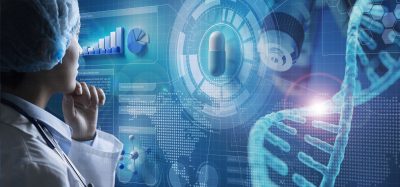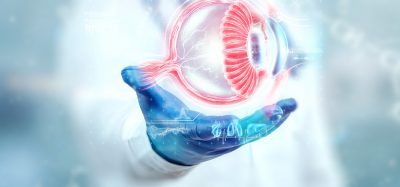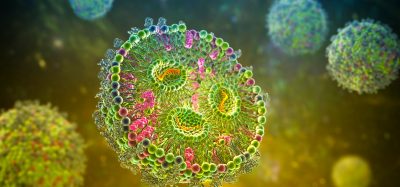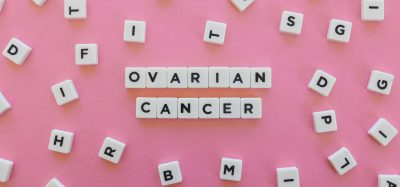Solving the disconnect between lab and data scientists: part 1
Posted: 14 June 2025 | Dr Raminderpal Singh (Hitchhikers AI and 20/15 Visioneers) | No comments yet
Lab scientists and data scientists often speak different languages and that miscommunication can slow down important research. In this interview, Ian Kerman shares how his team is working to break down those walls and spark better collaboration.
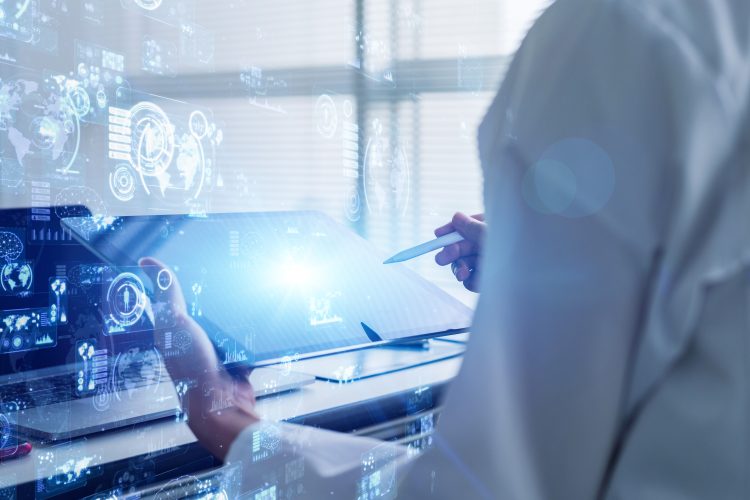

In the rapidly evolving landscape of life sciences, the communication gap between laboratory scientists and data scientists remains a significant challenge. This ‘silo problem’ can impede innovation and slow research progress. Ian Kerman, a data science and AI solutions architect at Certara and co-chair of the Society for Laboratory Automation and Screening (SLAS) Data Science & AI Topical Interest Group, is working to bridge this divide. In this first of two interviews, he shares insights on how to foster better collaboration between these two essential disciplines.
Breaking down the divide
Raminderpal Singh (RS): Could you introduce yourself and your background?
Ian Kerman (IK): My name is Ian Kerman and I’m currently a data science and AI solutions architect at Certara. I’ve been in the scientific informatics space for over 15 years. I began in bioinformatics, conducting lab-based genomics work but soon felt the need to dive deeper into the computational side. I began developing my own scripts to streamline processes, which led me into scientific informatics, where I worked with pharmaceutical companies on cheminformatics. That naturally evolved into machine learning and AI, which is where I’ve found my foothold now.
At Certara, we work extensively in the life science space, supporting everyone from medical writers to scientists building systems biology networks with annotations powered by large language models and GPT technologies.
RS: You co-lead a working group at SLAS. Could you tell us about the organisation and your role there?
IK: About four years ago, I joined SLAS and became involved as a representative in data science and AI. Traditionally, SLAS has focused on robotics and automation that handles tasks like plate reading and liquid handling – that’s its core focus.
However, they recognised that data science and AI were becoming increasingly important, not only within laboratories but also within automation. The robots are now beginning to utilise AI to determine their next actions, rather than following strict, step-by-step operations.
With that in mind, I co-founded what was initially called a Special Interest Group – now a Topical Interest Group – with Professor Paul Jensen from the University of Michigan. From there, we’ve built this community within SLAS.
RS: What are you and Prof Jensen aiming to achieve with this community?
IK: When we formed the group, we were not sure who would join, so we aimed to focus on topics that members would find valuable. We conducted polls at SLAS conferences in both the US and Europe.
Interestingly, we found that while the majority of members had backgrounds in life sciences and were interested in data science and AI, that majority was very slim – about a 51/49 split. The others were data scientists or software engineers from the informatics side, who were approaching data science and AI from a different angle.
This insight crystalised during the SLAS Data Sciences and AI symposium last fall, where we had a fruitful discussion with about 50-60 participants about how lab scientists could work better with data scientists, and vice versa. Several valuable ideas emerged from that conversation.
I think the positioning of this interest group is centred on enabling cross-communication – whether through education or simply facilitating conversations – to help bridge the gap between these disciplines.
The communication challenge
RS: How are you planning to address these communication challenges going forwards?
IK: At recent conferences, including the international SLAS conference in San Diego and Europe , we’ve held meetings for our interest group. This year, following a presentation by the Aligned Foundation, we discussed ways to foster better collaboration between lab scientists and data scientists.
From that discussion came the idea to form a working group within our larger group – people interested in developing best practices. We’re still in the very early stages and actively recruiting members, but we’ve already identified some key issues.
Simply involving data scientists earlier in the process – even before experiments begin – would be tremendously helpful.
One common scenario is that life scientists will conduct their experiments, gather data, and then ‘throw it over the fence’ to the data science team, asking them to analyse or build models from it. Sometimes this works, but often there is significant back-and-forth because the data scientists either don’t understand what the data represents, find it incomplete, or are unclear about the project goals.
Simply involving data scientists earlier in the process – even before experiments begin – would be tremendously helpful. Just being present in the room and listening would enable them to gain insight into the project goals and planned experiments. This would also allow data scientists to suggest collecting additional data points or consider different experimental parameters that would enable better analysis later on.
RS: What about metadata collection?
IK: That’s absolutely part of the discussion – capturing experimental conditions and other metadata that may be documented somewhere, but does not always accompany the primary data when it’s handed over for analysis.
The conversation continues – look out for Part 2, going live on 26th June.
Meet the interviewee
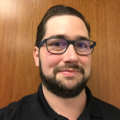

Before joining Certara, Ian held leadership roles at LabVoice and BIOVIA (Dassault Systèmes), where he led cross-functional teams to deliver AI-powered solutions, voice-enabled lab assistants, and custom data platforms for pharma and biotech customers. His work has contributed to innovations in computational drug discovery, antibody developability prediction and laboratory automation.
Ian is also an experienced educator and advocate for scientific collaboration. He has developed and delivered technical training programmes, mentored students on AI-focused research projects, and co-founded the Data Science and AI Topical Interest Group with the Society for Laboratory Automation and Screening (SLAS). A frequent speaker at industry conferences, Ian combines technical depth with a passion for advancing AI in the life sciences.
Ian earned an MS in computer science, focusing on machine learning, from the Georgia Institute of Technology, as well as an MS in biology, alongside undergraduate degrees in bioinformatics and molecular biology, from the University of California, San Diego.
Related topics
Analysis, Artificial Intelligence, Informatics, Lab Automation
Related organisations
Certara, Hitchhikers AI and 20/15 Visioneers, SLAS (Society for Laboratory Automation and Screening)




